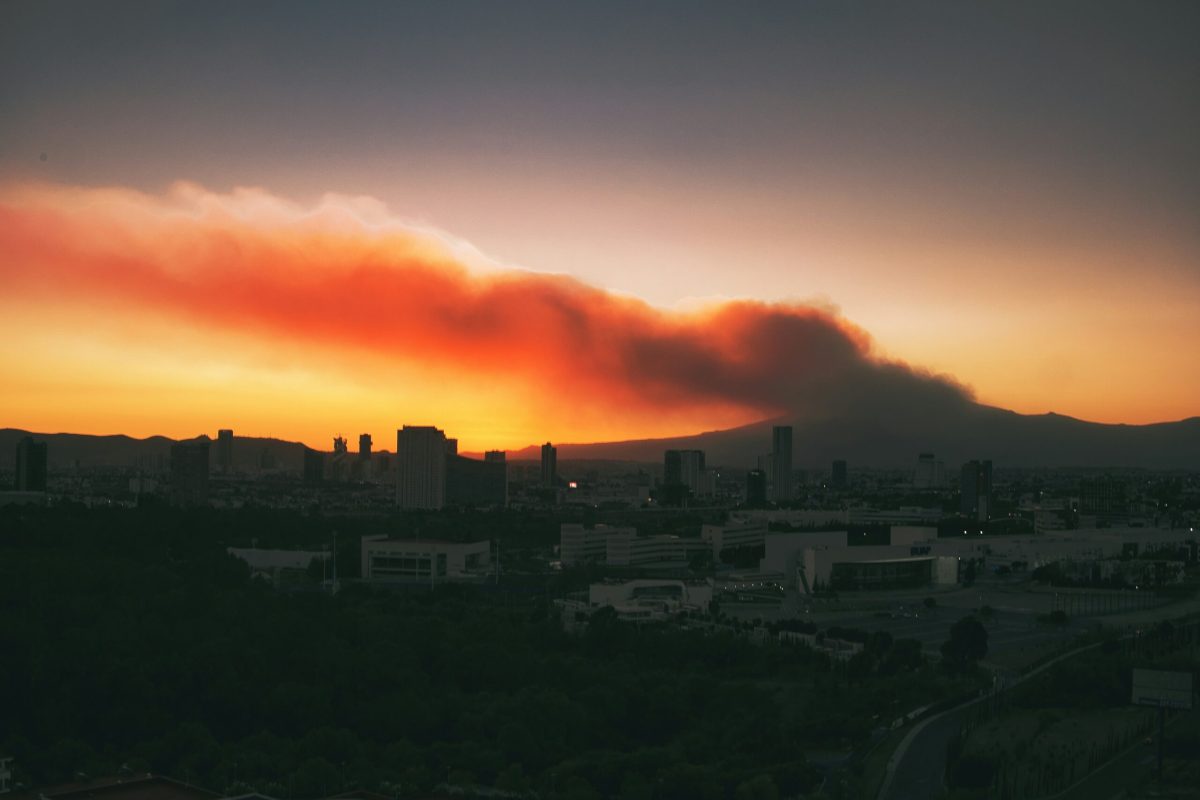In the wake of record-breaking wildfire seasons, many regions—especially in the western United States—are facing a dramatic shift in how land use, development, and environmental compliance are regulated. These changes carry major implications for businesses, developers, and property owners navigating the post-fire landscape.
As environmental consultants, we’re seeing firsthand how wildfire recovery is no longer just about rebuilding—it’s about rethinking how we build, where we build, and the environmental impact of every step. Effective wildfire management and compliance with evolving environmental law are now central to responsible development.
The New Era of Wildfire Mitigation in Land use and Development
After each major wildfire, state and local agencies reassess zoning policies, development approvals, and land management plans. In many jurisdictions, areas classified as “Very High Fire Hazard Severity Zones” (VHFHSZs) are now subject to enhanced oversight.
Key changes include:
-
- Stricter zoning regulations that limit development in fire-prone wildlands
-
- New conditional use requirements for land disturbances and construction
-
- Environmental impact assessments that now include fire risk modeling and defensible space planning
These updates require developers and business owners to integrate fire resilience into the early stages of project design—often triggering full CEQA (California Environmental Quality Act) review or NEPA (National Environmental Policy Act) for federally funded projects.
Rebuilding With Fire-Safe Building Codes
uilding standards have evolved significantly in response to wildfire destruction. California’s Wildland-Urban Interface (WUI) Building Codes, for example, mandate:
-
- Use of ignition-resistant materials (e.g., non-combustible roofs, vent screens)
-
- Enclosed eaves and fire-rated decks
-
- Ember-resistant venting systems
-
- 100-foot defensible space zones around structures
New construction or major renovations in fire-prone areas must meet these elevated standards—not just for safety, but to remain insurable and code-compliant. As a result, architects, contractors, and property managers must now partner closely with environmental professionals to ensure regulatory alignment from design through occupancy. These codes aim to mitigate the risks posed by wildfires and enhance overall community resilience.
Environmental Oversight Tightens Post-Fire
Beyond building codes and zoning, environmental regulations are also expanding. Post-fire landscapes often trigger soil and sediment control requirements to prevent runoff and water pollution. They can also bring vegetation management mandates aimed at reducing fuel loads on both private and public lands. In addition, wildlife habitat impact reviews are often required, especially in areas where recovery overlaps with protected species.
In some cases, rebuilding requires new mitigation plans or environmental credits to offset impacts on sensitive ecosystems. These obligations aren’t just about compliance—they’re central to restoring ecological balance, promoting environmental protection, and increasing community safety.
What Businesses Need to Know
For businesses in real estate, utilities, energy, construction, or land development, wildfire recovery has changed the regulatory playing field. Compliance today must align with principals of sustainability, fire resilience, and environmental stewardship.
To navigate this landscape effectively:
-
- Engage early with environmental consultants who understand land use laws and building regulations
-
- Conduct wildfire risk assessments as part of environmental due diligence
-
- Plan for ongoing compliance—not just for permits, but for long-term site management and defensible space
The bottom line? Wildfire risk is no longer a seasonal concern—it’s a regulatory reality. Companies that proactively adapt will not only stay compliant but position themselves as leaders in sustainable, fire-resilient development.


